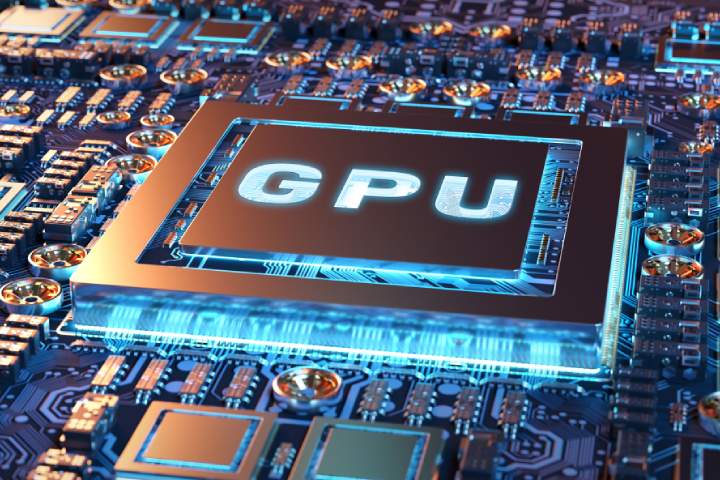When graphic processing units (GPUs) first appeared, no one thought that they would become so widely used over time.
Initially, GPUs were used to render pixels in graphics, and their main advantage was energy efficiency. Nobody has tried to use GPUs for computation: they cannot provide the same precision as central processing units (CPUs).
But then it turned out that the accuracy of calculations on GPUs is quite acceptable for machine learning. At the same time, GPUs can quickly process large amounts of data. So today they are used in different areas, we will talk about the most interesting in the article.
What Are Graphics Processing Units (GPUs)
A Graphics Processing Unit (GPU) is a type of microprocessor. Unlike a central processing unit (CPU), it has thousands of cores rather than tens. Because of this architecture, GPUs have several features:
- They can simultaneously perform the same operations on an entire data array, for example, simultaneously subtract or add many numbers at once.
- Unlike central processing units, GPUs have lower computational accuracy, but they are sufficient for tasks such as machine learning, where high speed is more important.
- GPUs are energy efficient. For example, a single server equipped with an Nvidia Tesla V100 GPU consumes 13 kW and provides the same performance as 30 CPU- powered servers. That is, using graphics processors, you can pay less for electricity.
Let’s look at the main areas of application of the technology.
GPU And Machine Learning
GPUs are used at all stages of machine learning – in data preparation, training machine learning models, and their industrial operation.
The latest generations of NVIDIA GPUs include Tensor Cores, a new type of computing core. Compared to classic GPUs, they perform fewer operations per unit of time but are even more energy-efficient. This is important for large companies with their own data centers.
Today machine learning is used in various industries, for example, in medicine. AI-based solutions check CT and MRI scans and find abnormalities on them. As a result, doctors spend less time working with images, and the risk of human error is reduced.
Machine learning is also at the heart of computer vision – a neural network that can recognize people and objects in photographs and videos.
For example, computer vision was implemented in Invitro to solve the queuing problem. The receptionist takes time to find the patient card in the database. While he searches, the queue increases to reduce the waiting time; a video surveillance camera films the patient at the entrance to the clinic. It transfers the image to the system, where computer vision recognizes his identity and opens the necessary card for the registrar in advance. As a result, patients wait less in lines, and their loyalty increases.
GPU And Image Processing
GPUs were initially designed to work with graphics. So today, they are used in systems that process large arrays of images, such as images from space.
Such images are also used to monitor the condition of forests or the development of floods. But in the original form, it is impossible to understand the pictures, so they are pre-processed: they remove all unnecessary and apply a specific markup – GPUs help speed up this process.
GPU And Graphics Rendering
Every year films and cartoons created with the help of computer graphics look more and more realistic. This is achieved through rendering – the rendering process.
Used to make computer graphics look natural on the screen, modern rendering programs consider many details – for example, how light falls and shadows look. This requires a lot of processing power, so large studios tend to use GPUs.
GPU And Heavy Computing
Computing is called heavy computation that uses complex algorithms, so they consume a large number of resources. An example of such calculations is docking. This molecular modeling technology allows you to select the molecule that interacts best with the desired protein.
This is laborious and expensive work; for example, in the United States, the development of one new drug costs an average of $ 985 million. Using GPUs, pharmaceutical companies save on computing power, speed up development, and thus spend less money.
Also Read: 2021: Blockchain First Entered the “Five-Year” Plan Of The PRC








